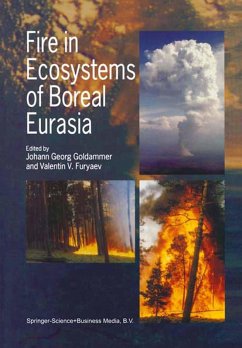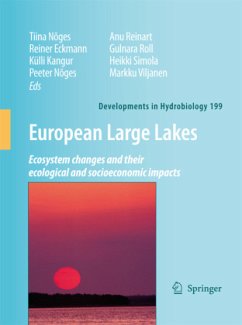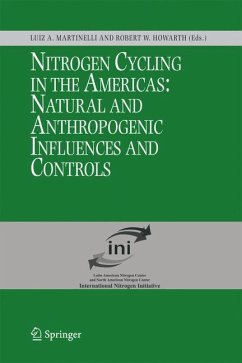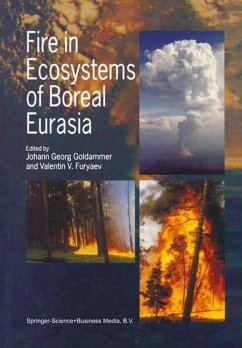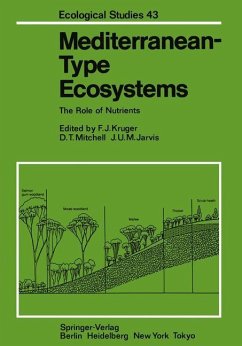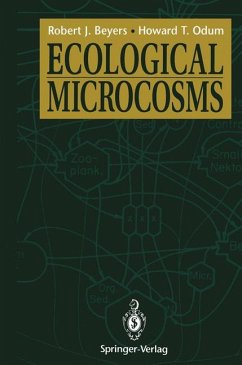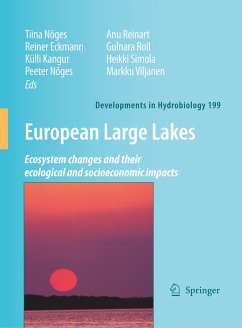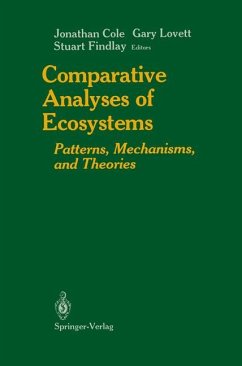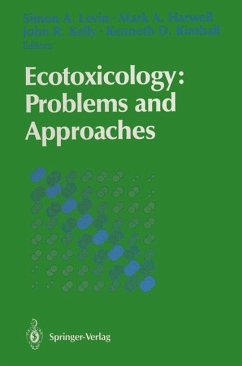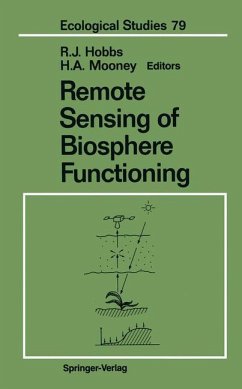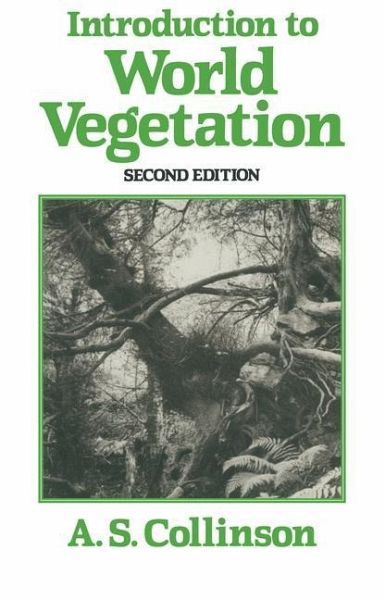
Introduction to World Vegetation

PAYBACK Punkte
39 °P sammeln!
1 Environmental and ecological principles.- 1 Land plants, evolution and geography.- 2 The geological record and past distributions.- 3 Ecology, biogeography and energy variations.- 4 Nutrients and nutrient cycles.- 5 Ecosystem conditions and plant distributions.- 6 Soil conditions and their influence on plant distributions.- 7 Plants in communities and their distributions.- 2 The vegetation of tropical and temperate regions.- 8 Vegetation and climate: an introduction to world vegetation patterns.- 9 Tropical forests.- 10 Tropical formations with conspicuous grasslands: savannas.- 11 The tempe...
1 Environmental and ecological principles.- 1 Land plants, evolution and geography.- 2 The geological record and past distributions.- 3 Ecology, biogeography and energy variations.- 4 Nutrients and nutrient cycles.- 5 Ecosystem conditions and plant distributions.- 6 Soil conditions and their influence on plant distributions.- 7 Plants in communities and their distributions.- 2 The vegetation of tropical and temperate regions.- 8 Vegetation and climate: an introduction to world vegetation patterns.- 9 Tropical forests.- 10 Tropical formations with conspicuous grasslands: savannas.- 11 The temperate deciduous forests.- 12 The coniferous forests of the Northern Hemisphere.- 13 The temperate grasslands.- 3 The vegetation of extreme habitats.- 14 Adaptations and selective factors: an introduction.- 15 Vegetation of arid lands.- 16 Wetlands.- 17 Arctic and alpine tundra.- 18 The vegetation of estuaries and sea shores.- Conclusion.- Indexes.





